
Although vacuuming and mopping are inherently quite different ways of cleaning, both have the same purpose of helping you achieve spotless floors. However, when deciding between vacuuming or mopping as your preferred method of working, there are a few factors you should first consider.
Both the best vacuum cleaners and best mops on the market are increasingly becoming more advanced and impressive to help us clean quickly, conveniently, and thoroughly.
While there are some wet dry vacuums out there that now employ the use of both wet and dry cleaning to eliminate the need of multiple tools, if your pick of the litter is limited to just your regular shmegular vacuum and mop you've had all these years, rest assured that there are ways to maximise these to their fullest potential.
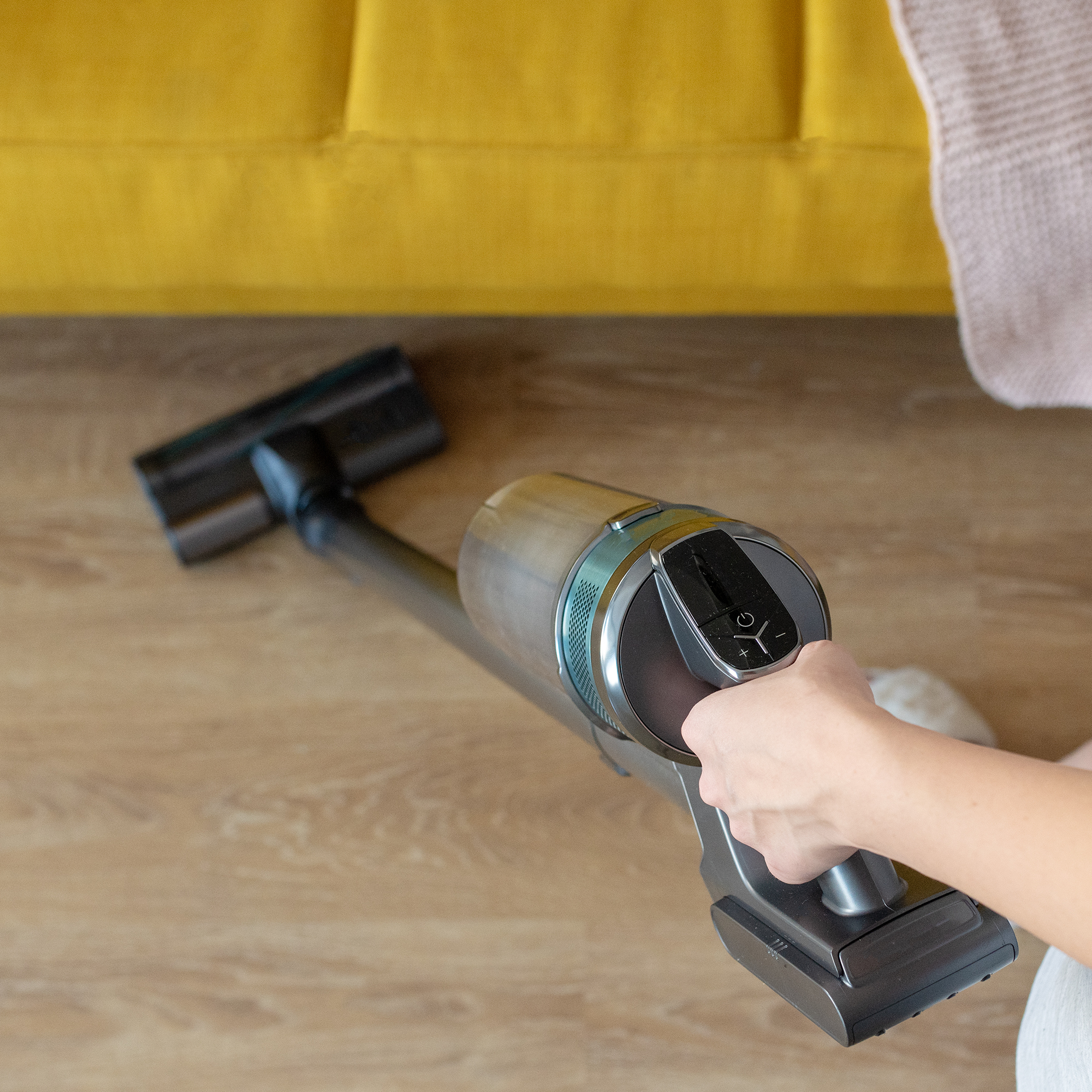
Is mopping or vacuuming better?
Whether mopping or vacuuming is most effective will depend entirely on a handful of factors, including the type of flooring you have, how often you clean, and the size of your home.
Below, we outline the key considerations and how to figure out which is the best cleaning method for your home.
Type of flooring
If you've got carpets, rugs, or are looking to clean wooden flooring or clean laminate flooring, then vacuuming is a technique that has always stood as reliable. However, if you've got tile, vinyl, or linoleum, mopping might be your best option so as to not risk scratching your floors.
'So long as they’re fully wrung out and you use a purpose-made detergent, mopping is also suitable on real wood and laminate flooring,' adds Paul Hambridge at Factory Direct Flooring. 'Do make sure the mop is properly wrung out with as little water as possible to prevent real wood and laminate floors from warping and swelling.'
In the case of picking up dust and debris from the latter kind of flooring before mopping, it might be worth considering simply sweeping instead of taking out a whole vacuum cleaner – both for caution and convenience sake. But of course, this isn't to say you can't use a vacuum on these types of flooring. You just need to pay mind to use the right vacuum tool for the job.
'Vacuuming is generally good for all floor types, so long as you change the head and attachment to suit the floor type you're cleaning. Take care when vacuuming hard floors by using lightweight heads with soft bristles to prevent scratches,' advises Paul.

How often you clean
After assessing the type of flooring you've got, it's time to consider how often you need to clean. If you find yourself needing clean more often, it's possible that vacuuming is the best way forward as it's most convenient and easy enough to simply plug and play.
If you've got carpet, as a general rule of thumb, you should be vacuuming regularly to ensure it stays in tip-top shape.
'How often you should do it depends completely on how you use that room. As a general rule, you should really get the vacuum out at least once a week or twice a week minimum for softer carpets,' advises Johanna Constantinou at Tapi Carpets.
On the other hand, setting up a bucket and a mop is a little more timely and more fitting for times when you need to deep clean your home. To achieve a true deep clean, it's important you're using a mop or damp clothes to really get into the nooks and crannies that dry cleaning with a vacuum cannot achieve.
'It's useful to give your floor a more intense clean and go deep every now and again. Try to avoid using too much water for too long and too often, as this can damage your floor in the long term,' warns Johanna.
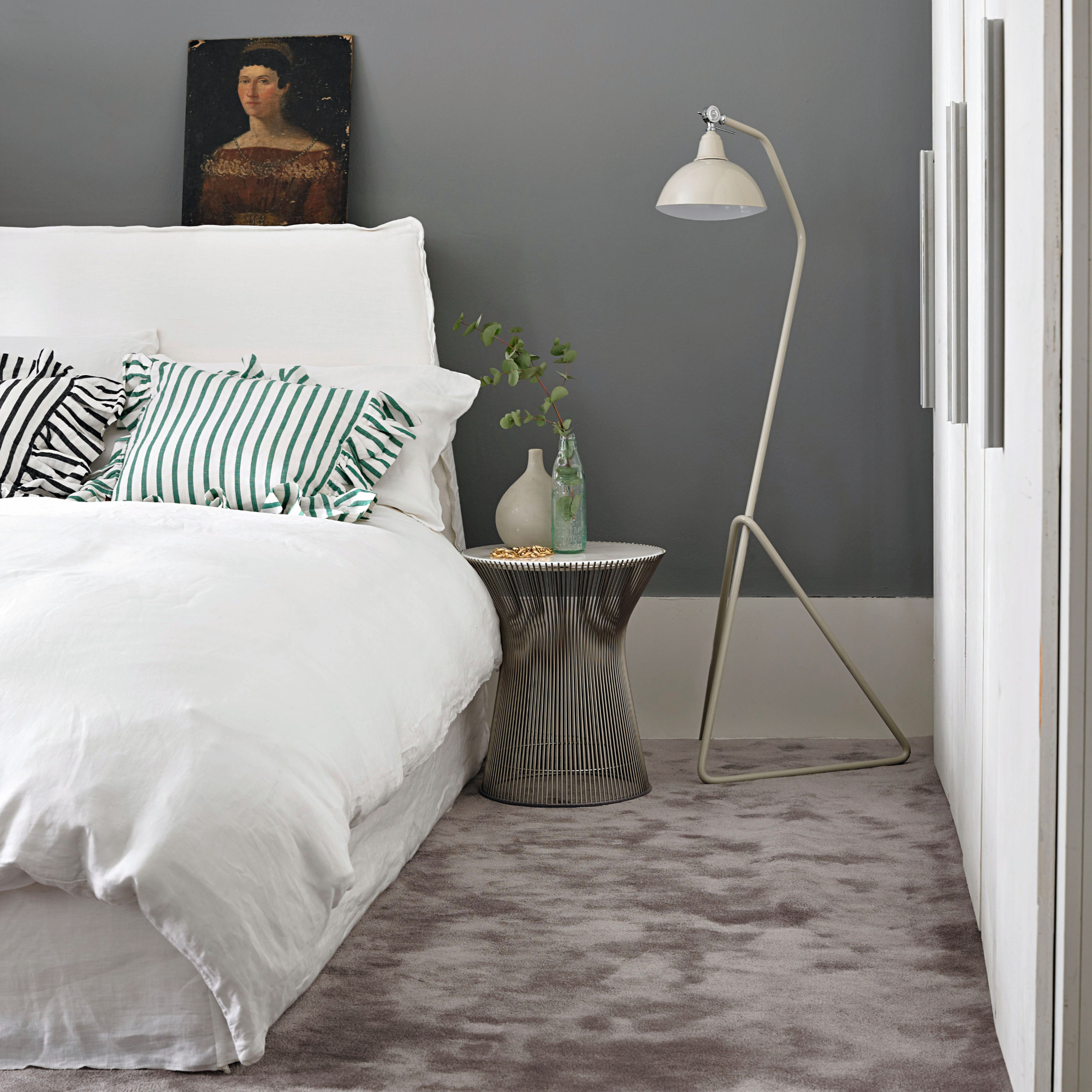
The size of your home
The last factor to consider is the size of your home. This, in turn, takes into consideration the type of flooring you have in the different rooms inside your home as well as how often you clean.
If you have a large home with rooms filled with multiple floor types, then vacuuming could be your best option for convenient cleaning. Vacuums work very well for easily cleaning larger areas, which will help you clean your home fast and dart between different rooms easily. However, if you've got a small home with mostly hard surfaces, mopping might be your best option to tackle small areas of hard flooring quickly.
But, if the available floor space inside your home is your biggest issue, it could be worth looking into cord-free models as some of the best cordless vacuums have been designed specifically for compact and small space living.
Shop vacuums and mops
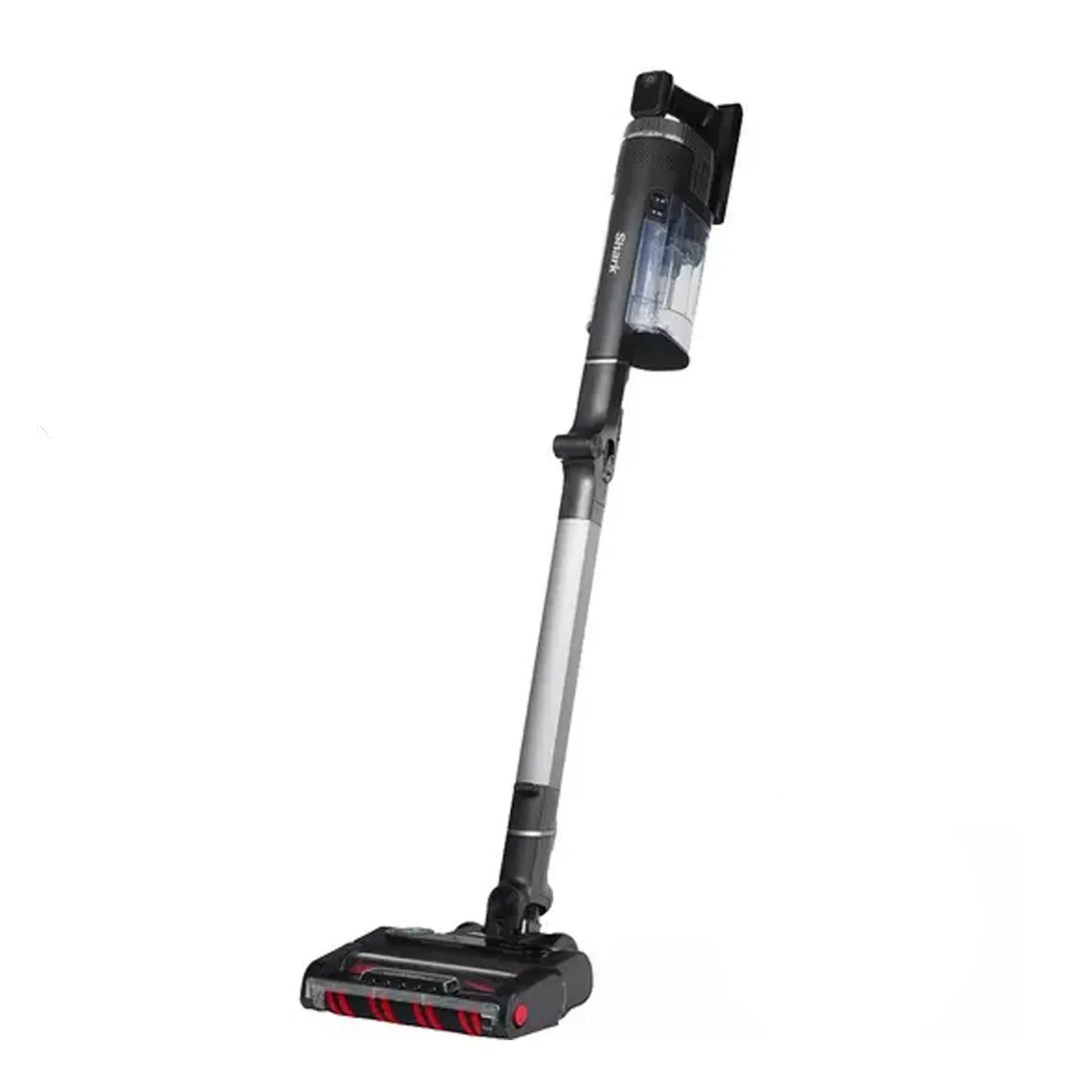
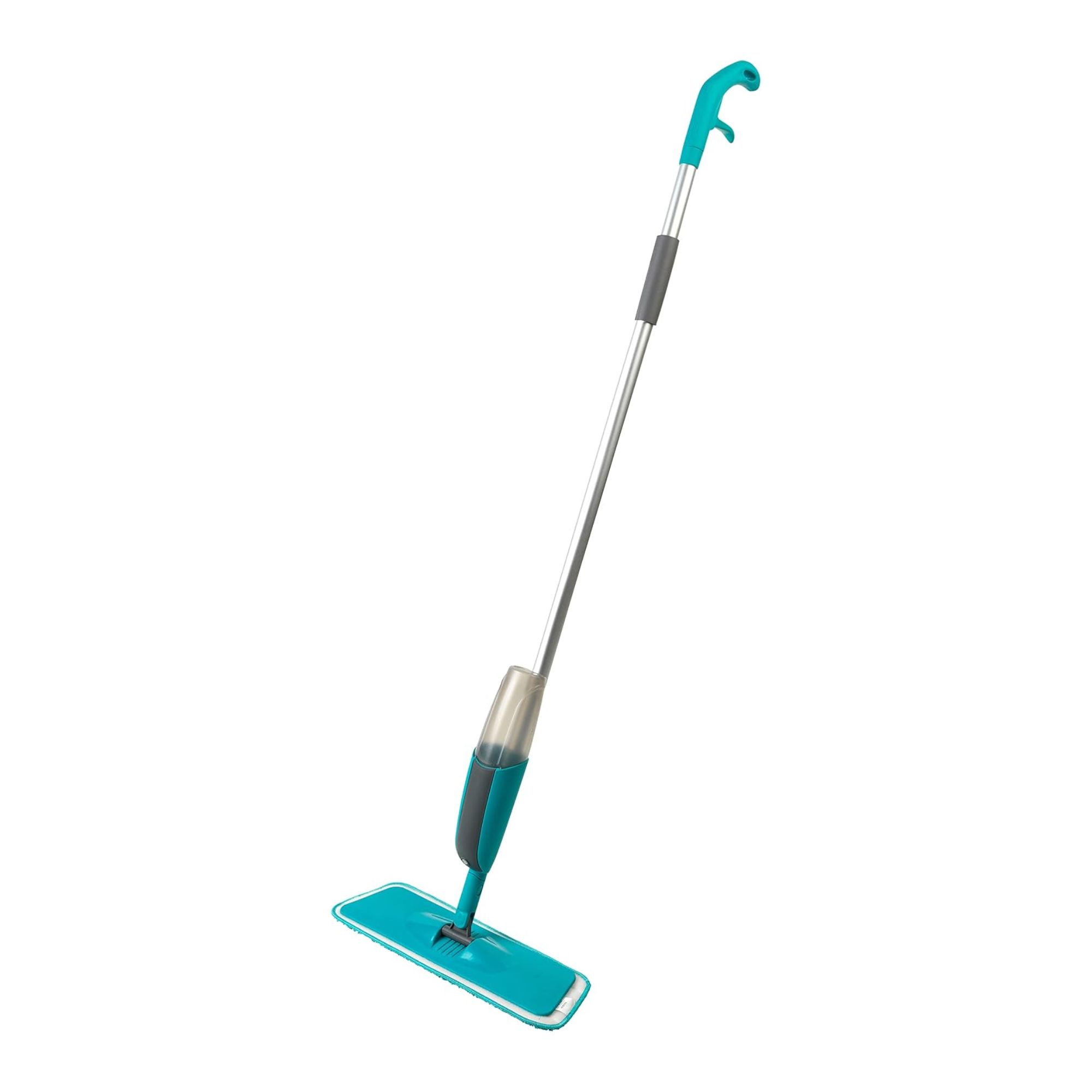
This Beldray spray mop is easily our pick of the best mop out there – for convenience and price. It's budget-friendly and more than easy to manoeuvre around your furniture, while it makes mopping underneath furniture easy, too. You can use this mop on pretty much any floor, from tiles to vinyl and laminate.
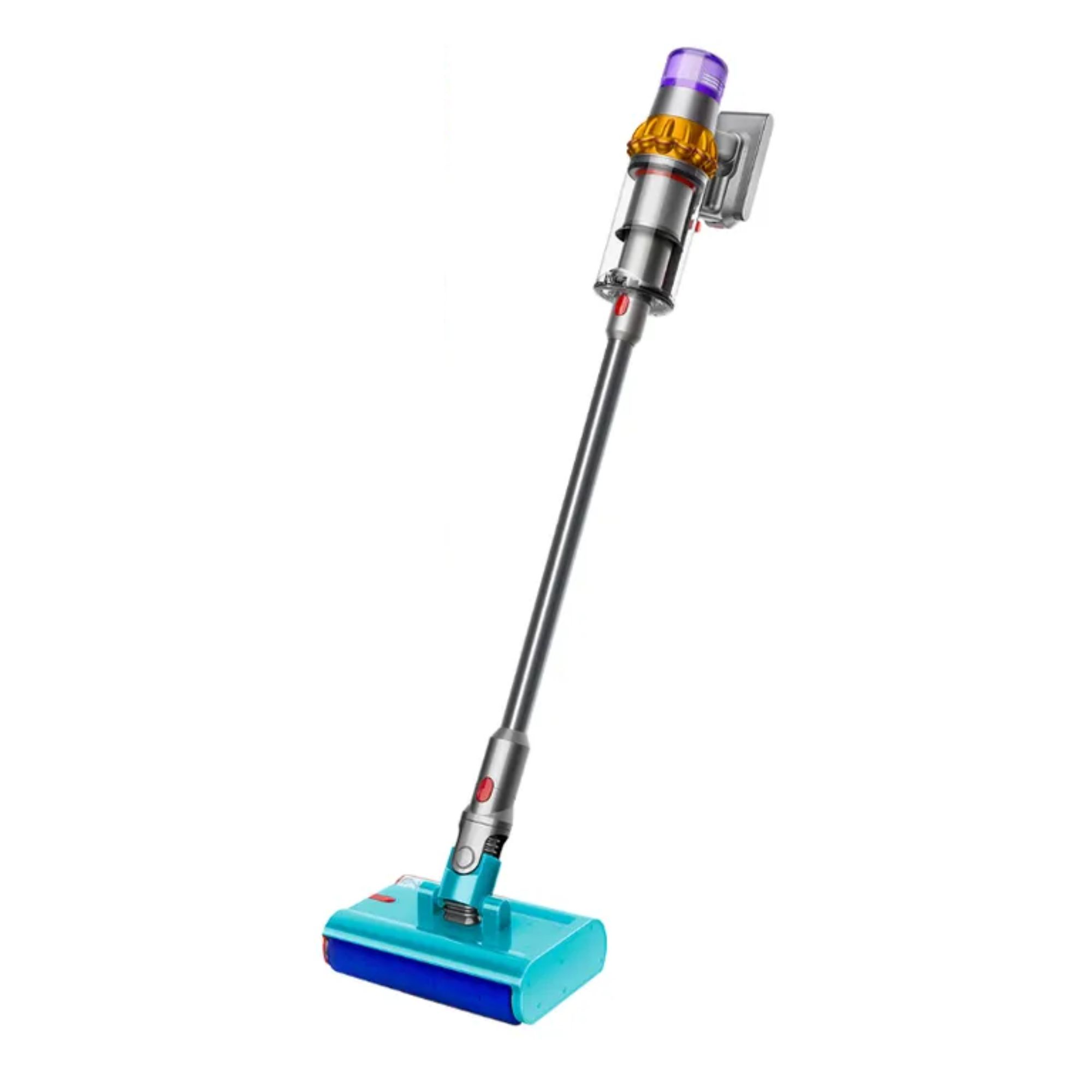
If you've ever dreamed of combining a vacuum and mop into one intuitive appliance, the Dyson Submarine is our favourite we've come by so far. Marrying vacuuming and mopping, everyday cleaning is far more bearable thanks to this product – so long as you're willing to work a little harder in maintenance.
FAQs
Is vacuuming the floor enough?
Although vacuuming is one of the easiest ways to clean on a regular basis, it shouldn't be the only step you take in your routine. Vacuuming does a great job at everyday upkeep and keeping your floors free from dust, debris, and hair; however, mopping or using a damp cloth is just as important and essential to achieving a true deep clean.
Do you need to mop after vacuuming?
Generally speaking, it's not necessary to mop every single time you vacuum, especially if you vacuum quite frequently. However, it's important that you incorporate wet cleaning in your routine on a regular basis to maintain the look and hygiene of your floors.
Therefore, to round off the debate of whether vacuuming or mopping is better, there really is no hard answer. If we had to give you one, we'd advise using them in tandem with one another as and when is needed. For everyday cleaning throughout the week, use your vacuum to stay in good habits and go in with a mop for those times you need a deeper clean. And just like that, you've got yourself a foolproof cleaning routine.







